Laser foot scanners operate based on the principle of optical ranging, using laser beams to non-contactly scan the plantar surface in order to obtain complete three-dimensional foot data, achieving high-precision three-dimensional imaging.
The core lies in combining laser ranging with spatial positioning principles, allowing every subtle contour of the foot to be reconstructed with submillimeter-level accuracy, thereby providing a data foundation for foot medical assessment, insole design, and orthotic analysis.
The basic principle of laser scanning can be divided into two methods: triangulation and Time of Flight (TOF). Triangulation determines the spatial coordinates of each point on an object’s surface using geometric relationships.
The scanner emits a laser beam toward the plantar surface and projects the reflected light onto a photosensitive sensor through an imaging lens. Based on the laser emission point, the photosensitive point, and the angle of the optical axis, the system can calculate the precise distance of the point to the sensor using triangular geometry.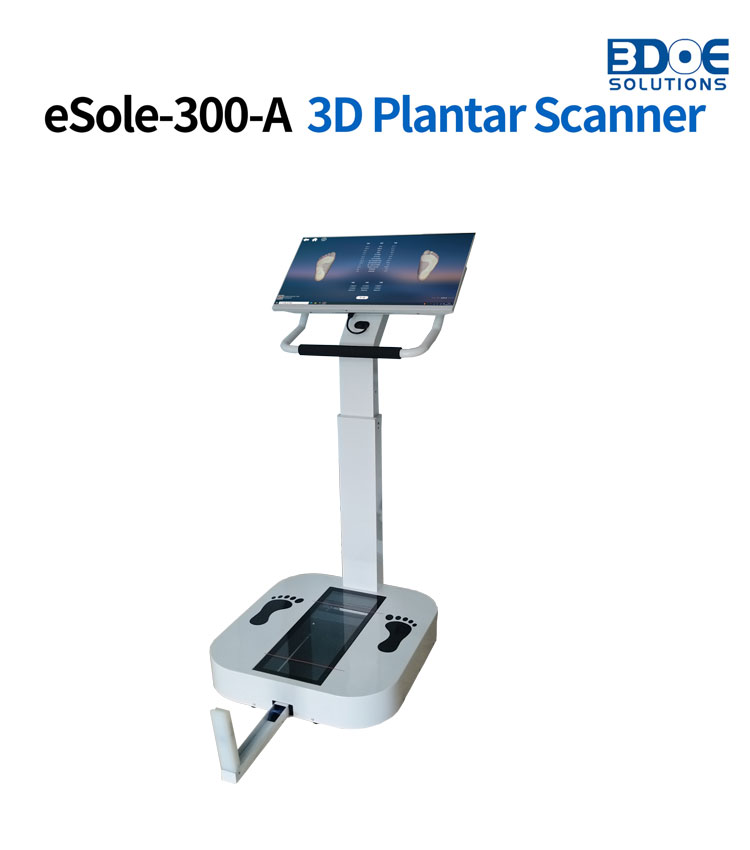
As the laser beam moves across the plantar surface at a set step distance, the scanner can acquire massive coordinate data point by point and ultimately generate a dense point cloud model.
The Time of Flight method, on the other hand, calculates distance by measuring the time taken for the laser to travel from emission to reflection, based on the constant speed of light.
Given the extremely high speed of light, systems typically use phase-shift or pulse modulation methods to accurately measure the time difference. This method is suitable for large-area rapid scanning and can improve scanning efficiency while maintaining precision. Some high-end foot scanners combine both principles to ensure accuracy in close-range details while also considering overall imaging speed.
The characteristics of the laser light source are key for laser foot scanners.
Common sources include red or near-infrared semiconductor lasers. These lights have strong monochromaticity, high coherence, and concentrated energy, producing stable reflection signals on the skin surface. Because lasers have very small spot diameters, their spatial resolution is far superior to traditional optical projection methods, allowing clear capture of toe gaps, arch depressions, and fine skin wrinkles.
Additionally, to ensure scanning accuracy, the system undergoes rigorous spatial calibration and geometric correction.
Using reference planes or markers of known size, the scanner can correct errors caused by lens distortion, laser deviation, and temperature drift. High-end devices may use multi-laser and multi-camera setups to simultaneously acquire data from different angles, and three-dimensional fusion algorithms remove occluded areas to achieve complete plantar model reconstruction.
After scanning, the system converts the raw point cloud data into a continuous surface using surface reconstruction algorithms (such as Poisson or Delaunay triangulation), forming a measurable and analyzable digital foot model.
The precision of this model can generally reach 0.5 millimeters, which fully meets the requirements of medical diagnosis and personalized product design.

 +86-0755-86131192
+86-0755-86131192 2025-10-27
2025-10-27 Back to list
Back to list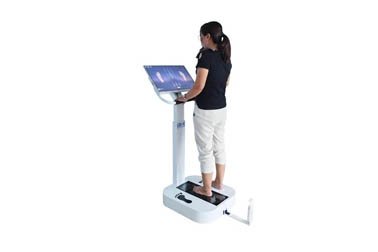
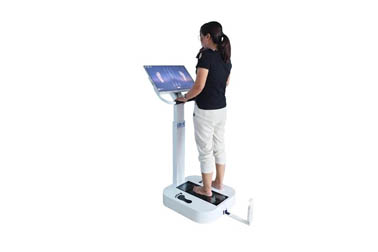
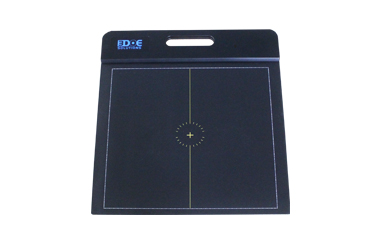
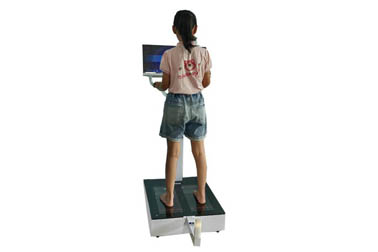
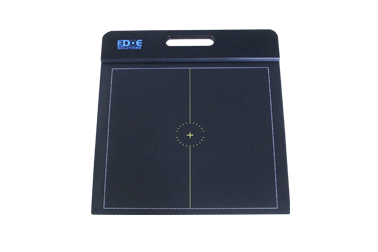
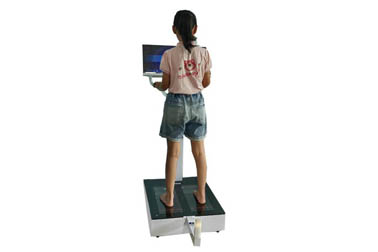



 +86-0755-86131192
+86-0755-86131192